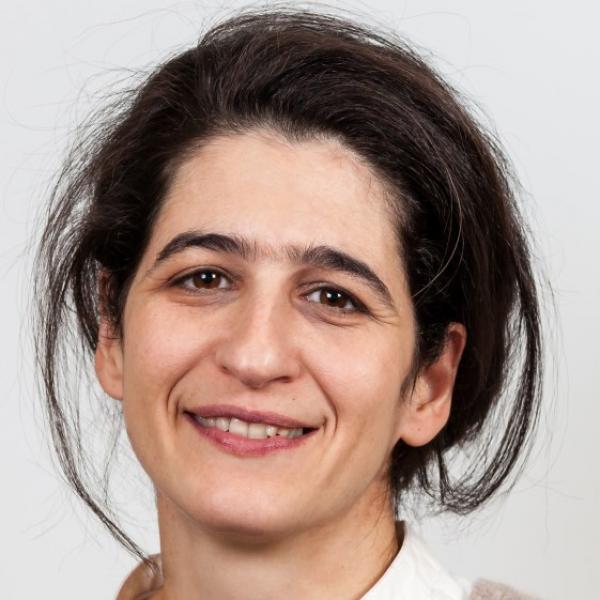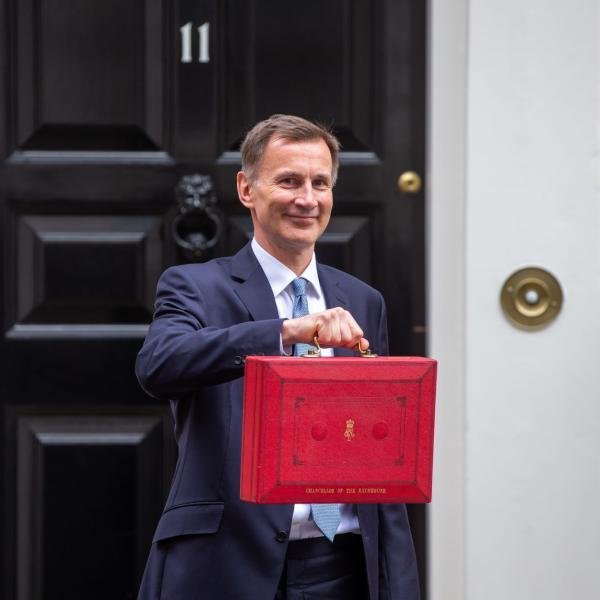The matching method for treatment evaluation does not balance selective unobserved differences between treated and non-treated. We derive a simple correction term if there is an instrument that shifts the treatment probability to zero in specific cases. Within the same framework we also suggest a new test of the conditional independence assumption justifying matching. Policies with eligibility restrictions, where treatment is impossible if some variable exceeds a certain value, provide a natural application. In an empirical analysis, we exploit the age eligibility restriction in the Swedish Youth Practice subsidized work program for young unemployed, where compliance is imperfect among the young. Adjusting the matching estimator for selectivity changes the results towards making of subsidized work detrimental in moving individuals into employment.
This paper is a revised version of cemmap working paper CWP33/07.











